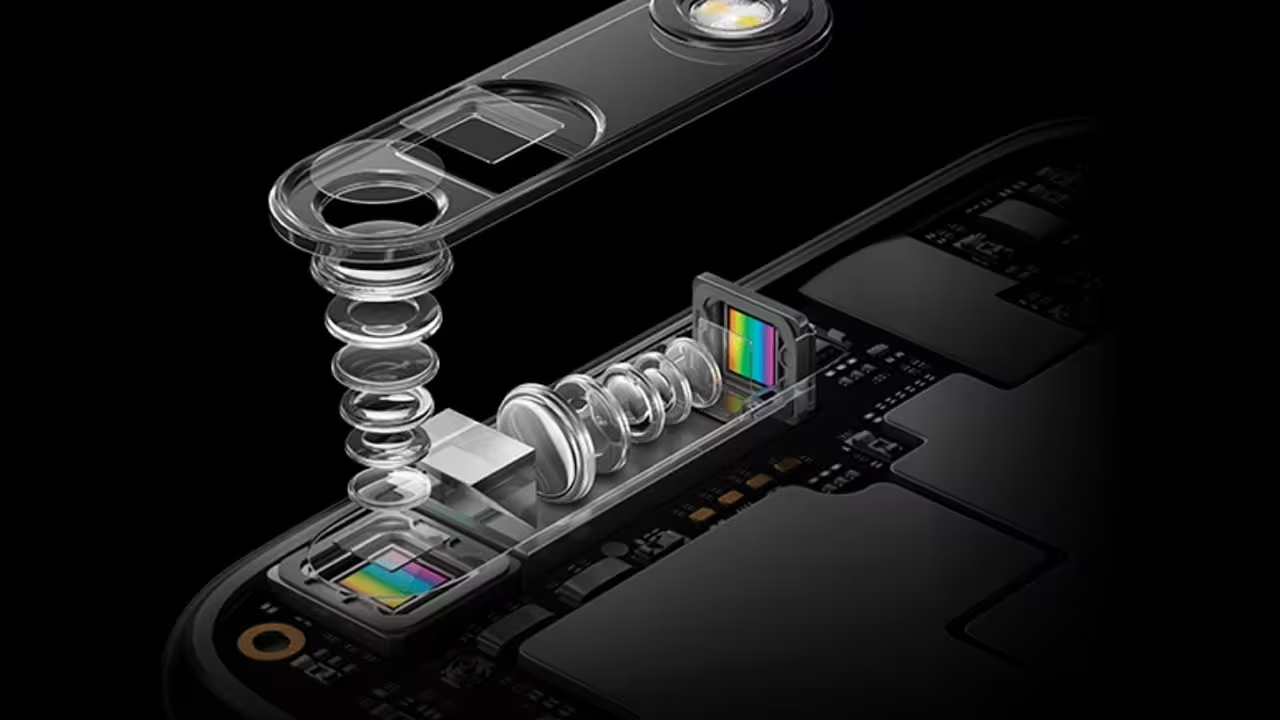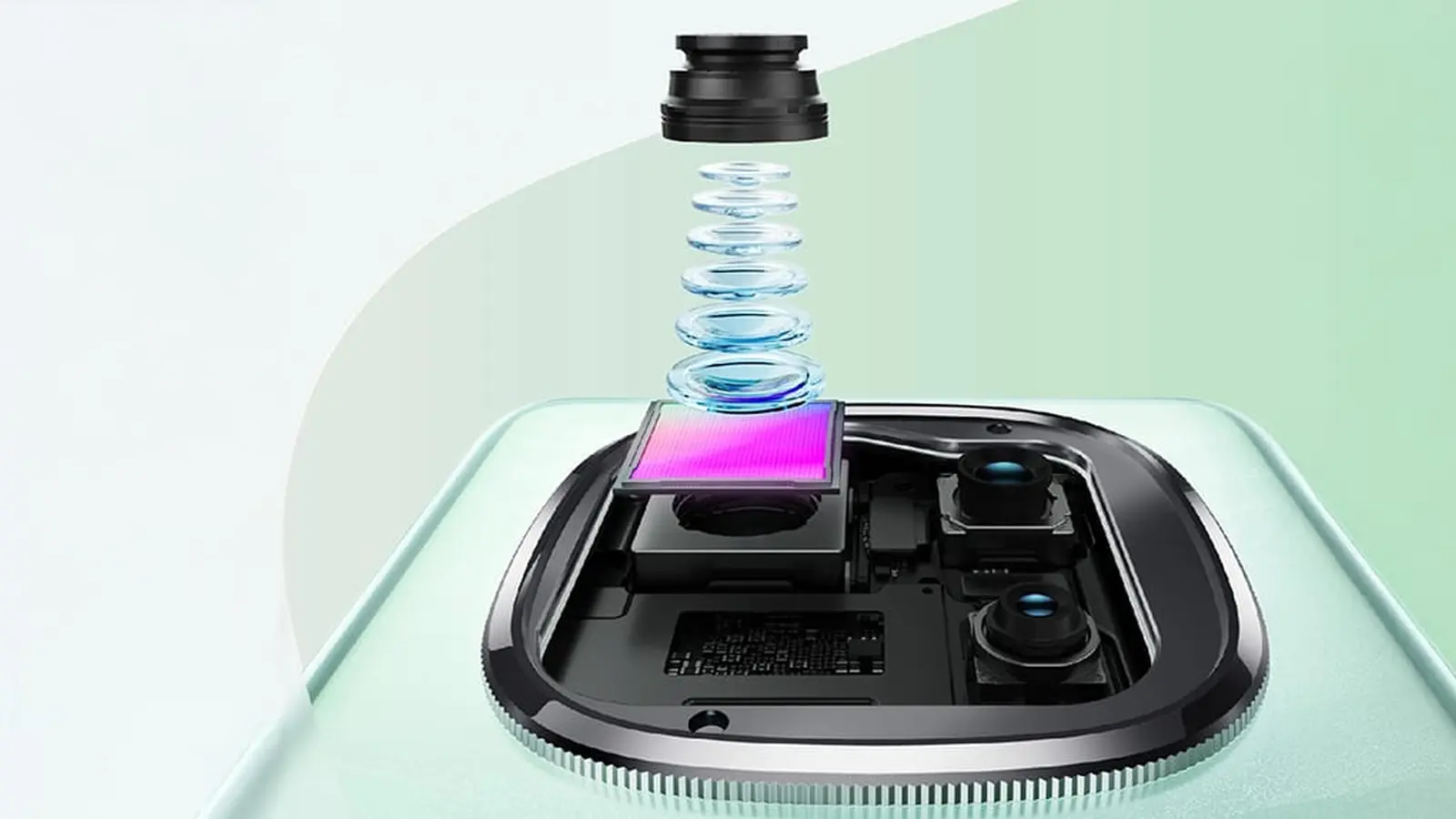3 Minutes
OmniVision has quietly stepped into the high-end sensor race with a new 200MP imager, the OVB0D, aiming squarely at flagship camera systems. Built to push dynamic range and HDR performance, this chip promises to reshape camera lineups in 2026.
A closer look at the OVB0D and its core specs
The OVB0D is a 200-megapixel, 1/1.1-inch sensor that adopts a Bayer color filter array and a dual on-chip re-mosaic approach (different from Sony’s QQBC method). It boasts a very high full-well capacity—around 400k electrons—which helps reduce noise in bright areas and preserves detail in highlights.
- Resolution: 200MP
- Size: 1/1.1-inch optical format (slightly larger than Sony’s 1/1.12-inch LYTIA 901)
- Color filter: Bayer with a dual re-mosaic configuration
- Full-well capacity: ~400k e-
- Dynamic range: up to ~108 dB reported
- Processing: DCG + LOFIC Gen 2 for multi-frame HDR
That combination—high full-well capacity plus DCG (dual conversion gain) and LOFIC Gen 2—suggests the OVB0D is tuned for challenging mixed-light scenes. Imagine a backlit portrait or a cityscape at dusk: multi-frame HDR with LOFIC Gen 2 should better preserve both shadow detail and bright highlights.

How it compares with Sony’s LYTIA 901
At face value the OVB0D and Sony’s recently announced LYTIA 901 are close competitors: both are 200MP, large-format sensors aimed at flagship phones. OmniVision’s 1/1.1-inch die is marginally larger than Sony’s 1/1.12-inch part, giving it a slight edge in potential light capture.
However, Sony’s LYTIA uses a more complex Quad‑Quad Bayer Coding (QQBC) arrangement. That architecture could yield finer detail reconstruction in certain conditions, so observers speculate Sony may retain a small advantage in raw texture and edge definition. In practice, image quality will depend heavily on ISP tuning and multi-frame processing, not just raw pixel layout.
Who’s expected to adopt the OVB0D?
Industry leakers point to a clear rollout path: tipster IceUniverse says vivo, Oppo, Xiaomi, and Honor are likely to use the OVB0D in their 2026 flagship phones. Those manufacturers have been aggressive about camera upgrades, and a high-capacity 200MP part would give them new marketing and imaging capabilities.
One notable absence may be Samsung. According to reports, Samsung is disinclined to shift to these larger, costlier 200MP sensors due to rising component costs and shrinking camera profit margins. Instead, Samsung is expected to stick with a smaller 1/1.3-inch 200MP sensor similar to the current HP2, balancing resolution with cost and module size.
Why this matters for phone photography
Sensor size and architecture still matter: larger photosites, higher full-well capacity, and smarter HDR pipelines all translate to cleaner shadows and preserved highlights. But the real-world advantage will come down to how phone makers tune processing, stabilize capture, and integrate optics.
In short: the OVB0D signals that competition in the 200MP space is heating up. Expect debates over Bayer vs. QQBC, HDR performance, and price-versus-benefit to dominate camera spec pages next year.
Source: gsmarena


Leave a Comment